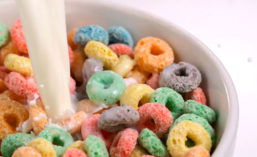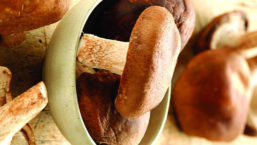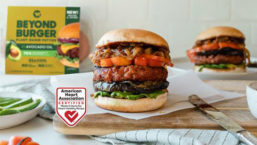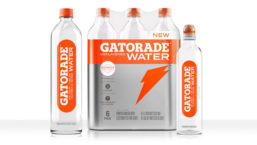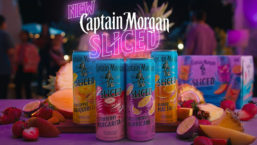Home » Publications » Prepared Foods
Prepared Foods
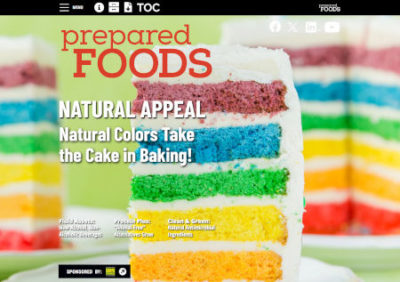
April 2024
Cover Story
Back to TopProduct developers identify cutting edge solutions to modern color formulation challenges
Read More
Features
Back to TopBattling Bad Bugs with Botanicals
Where food safety and clean label meet, natural and botanical protectors take the lead
April 24, 2024
Alternative Proteins Take Animal-Free to New Heights
Current trends and future looks plant-based ingredients and alternative proteins
April 10, 2024
Departments
Back to TopBeverage Innovation Surges in Spring 2024
This month’s collection includes collagen teas, hydration sports drinks and pre-workout shots
April 19, 2024
New Alcoholic Beverages, Mocktails and Mixers for 2024
This beverage market survey includes ready-to-drink rum products as well as ready-to-drink vodka sodas
April 15, 2024
